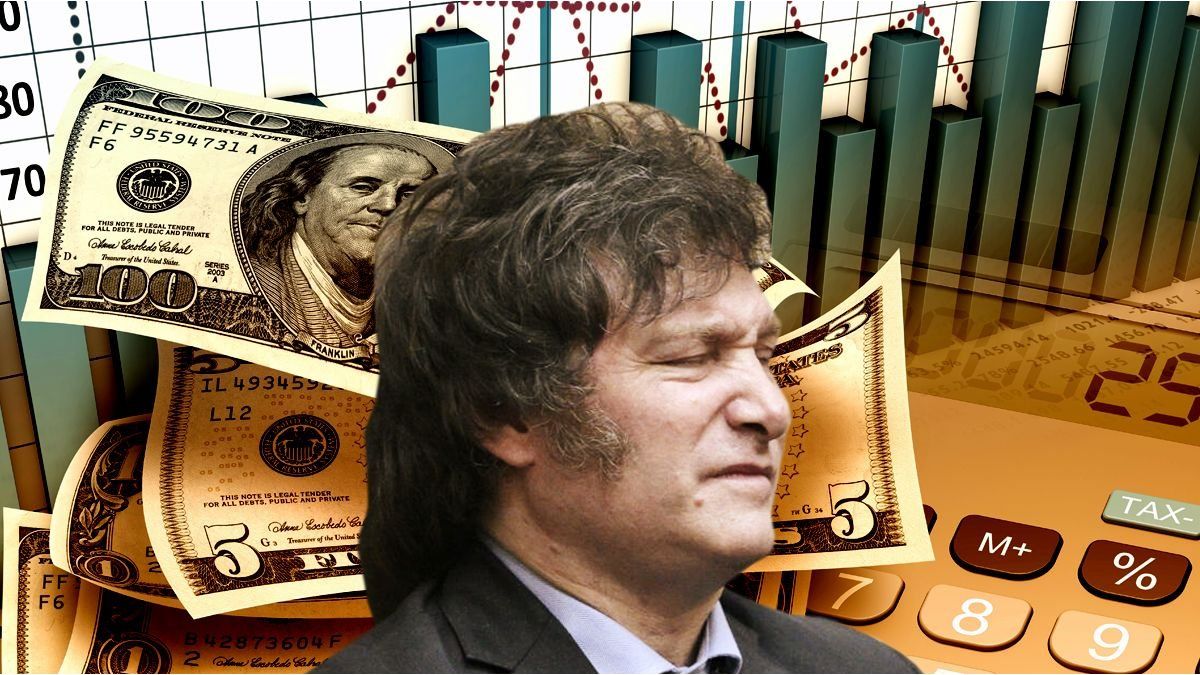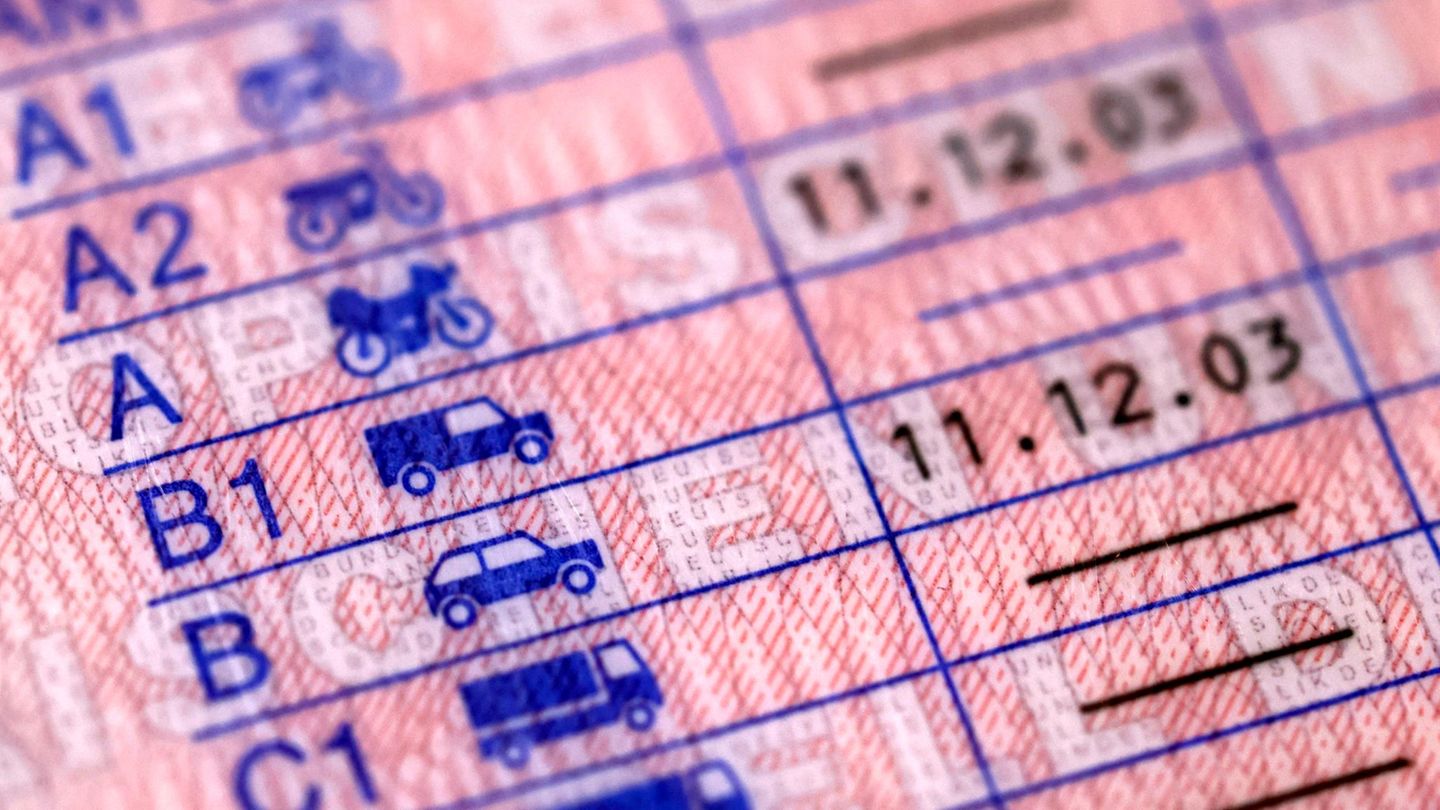The storm is served for the dollarThe difficulties in accumulating dollars from the BCRA are only comparable to the debt that is patiently waiting to be cancelled by the Government. From now on, and for the next 16 months, the Government must manage, cancel or renew payments for US$22.6 billion.
The World Bank, IDB, sovereign bonds, Bopreal, CAF and the Paris Club are just some of the creditors waiting patiently in that queue. But Kristalina Georgieva, the head of the IMF, is also in line, waiting for the opportunity to negotiate the conditions of the next agreement with Argentina, which is essential for President Milei to be able to certify the roll-over of the debt with the organization. If you think about it, there are still two technical reviews of the current program, one in September and another in December. If the “examination” is passed, Argentina would be incurring a disbursement of almost US$ 1.1 billion that are still pending.
Negotiations for Bopreal 4: a good time to stock up?
In this context, in recent days, a fact has emerged that is a symptom of the concern – under wraps – installed in the Treasury. According to Bloomberg, in statements by AmCham CEO Alejandro Díaz, The Government is studying a proposal made by some businessmen who see that the imported dollar will once again be a good business, the Bopreal 4. On the other hand, the fact to be taken into account is that due to the reduction of the period of access to the official importing dollar to two installments and the overlap with the previous scheme, The government will face a peak in the amount of dollars in the coming weeks. For example, starting in September, more than 125% of monthly imports will be paid, with a peak in October, when 150% of monthly imports will be paid. This will be compounded by a lower exchange rate for importers, when the PAIS tax rate is reverted to 7.5% and lower seasonal foreign currency earnings, which this year is combined with very low soybean prices.
Few reserves, in the negative, we are going for gold
Everything seems to guarantee renewed pressure on the few dollars that the BCRA has accumulated. The net dollars accumulated by the BCRA slowed down their recovery before June and in July they fell in the face of the cancellation of the external debt maturities and the BCRA’s selling balance in the official market (MULC). Today, they are largely negative, although the measurements vary: GERES places them at almost US$3.5 billion; Analytica and 1816, around US$5.1 billion; BAVSA, at US$5.8 billion; and Eco Go, at more than US$6.4 billion.
Of course, the reader will think of other issues. News this week was made of an image of trucks transporting gold bullion from the BCRA to Ezeiza in the last few days, a gamble that the Government is carrying out in secret behind closed doors, but which inexorably refers to the possibility of taking out a loan with collateral, an extension of liquidity by Basel. Under the excuse that any information related to their whereabouts “may endanger the security of these assets”, the Government is not providing any information. However, in the assumption that it is in London, both Martín Redrado and Alejandro Vanoli – both former presidents of the BCRA – pointed out the risk of embargo that this could entail. In dialogue with Ámbito, Redrado considered that in sending it to London “there was a false step” because in that place the assets “are subject to embargo and Argentina has lawsuits abroad.”
Arriazu’s warning, plan B and the IMF
How far does the Government’s strategy to gather some foreign currency go? Is the IMF really the only bet? Is there no plan B? A few days ago, Economist Ricardo Arriazu raised the most pressing questionsArriazu is one of the few traditional advisors who remains close to the planet Milei and usually defends the theoretical points of the president. Thus, to the surprise of friends and strangers, he pointed out that the Government should not give in to a potential devaluation. “If we devalue, everything ends”said Arriazu, admitting that he “hates the restrictions” but that “it still cannot be lifted.” In his opinion, to combat inflation it is not enough to stop issuing pesos, it is necessary to “stabilize the dollar” and he justified the intervention of the Government by buying and selling currencies.With many questions about the meager accumulation of reserves and a trend towards currency appreciation that seems likely to continue for a few months, many inferred that Arriazu’s statements implied the defense of the Government’s economic program, but also a warning to the establishment… “there is no plan B, do not insist.” Thus, the eyes returned to the IMF, the only lifeline and the only signal that investors are waiting for to avoid overflowing the thin layer of ice that covers the 1,500 points of country risk. The curious thing is that, when analyzed, everything seems to indicate that it is back to square one. What could the IMF ask of Argentina to close a new agreement?
Devaluation, unification and rate: what the IMF is asking for
Two quick examples to take the pulse of the organization: Egypt and Ethiopia. At the end of 2022, Egypt signed an EFF agreement with the IMF for 3 billion dollars, and in March 2023 it increased the amount of the loan in order to strengthen the external position of the Central Bank of Egypt.
The interesting thing is that the IMF granted this money in exchange for a currency unification with a 35% devaluation (it took the parallel dollar as a reference), a flexibilization of the exchange market and an increase in the interest rate to positive levels in real terms, after reducing inflation..
The same goes for Ethiopia, which reached an agreement with the IMF last year for a total amount of $3.4 billion (almost 2.5 times the country’s gross reserves). Will the government withstand an increase in the interest rate with the debt that has been accumulating in the Treasury from the BCRA? How much additional recession will be necessary to counteract the upward momentum in prices if the exchange rate is unified at levels higher than the MEP and CCL dollar?
Source: Ambito




